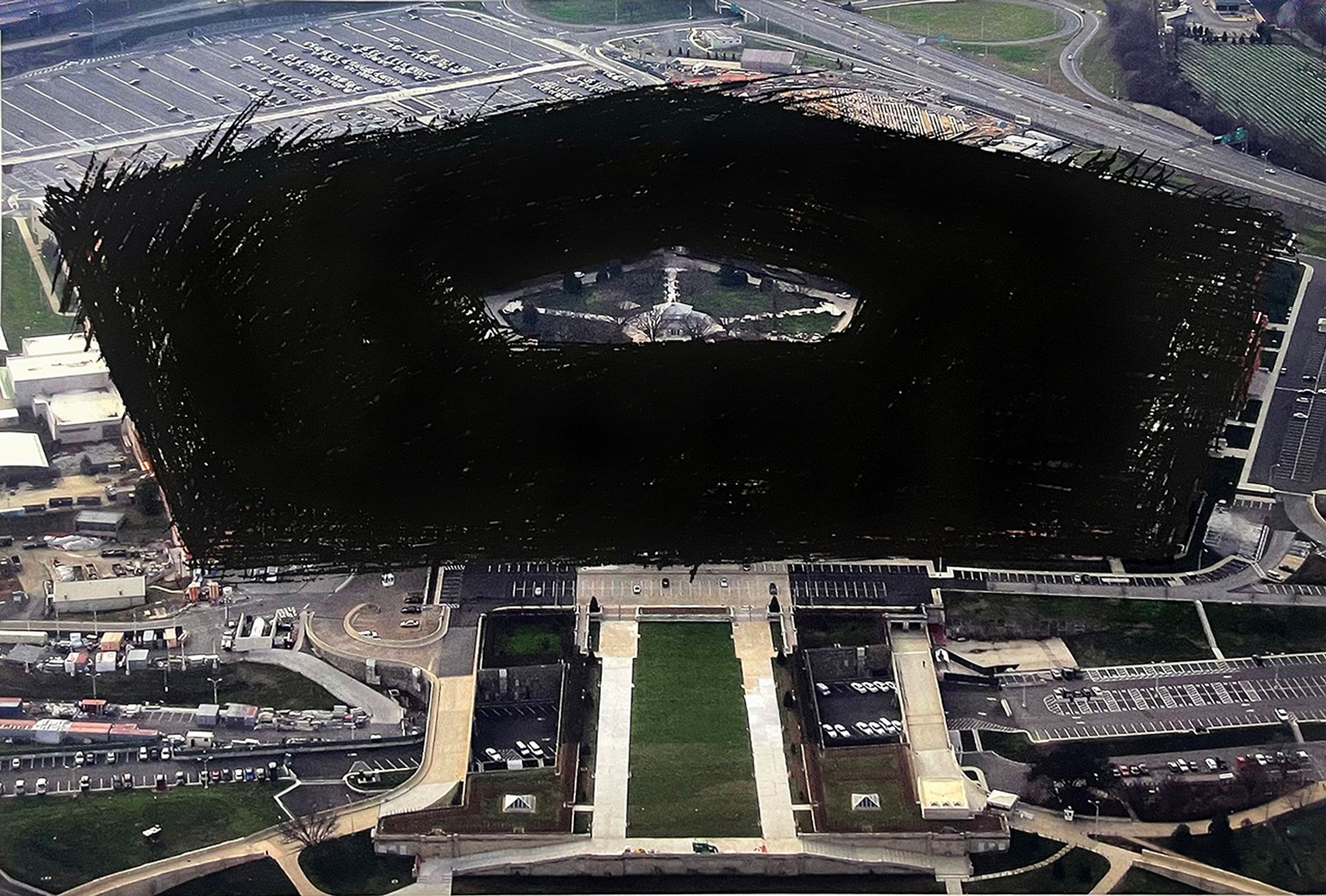The whistleblowing news site Wikileaks is partnering with the London-based arts organisation a/political and the freedom of information organisation Wau Holland Foundation to present an exhibition next month which will include a physical copy of some of the top secret US diplomatic cables it leaked in 2010.
The leak, widely known as “cablegate”, began on 28 November 2010 when Wikileaks began releasing 250,000 diplomatic cables gathered from US embassies around the world, including logs from the wars in Iraq and Afghanistan which exposed human rights abuses. Wikileaks’ founder Julian Assange was shortly after arrested on espionage charges in London and remains in Belmarsh Prison facing extradition to the US where he could receive 175 years in prison under the Espionage Act.
Titled States of Violence, the aim of the London show (24 March-8 April) is to “unite the people who support both Wikileaks and Julian Assange”, according to Joseph Farrell, a Wikileaks ambassador, and Chloe Schlosberg, an art consultant at the Wau Holland Foundation.
Describing Wikileaks as “a persecuted organisation”, Farrell and Schlosberg say: “Julian Assange is sitting in a maximum security prison for publishing the truth about war and government corruption. As a result we understand more than most what it means to live and work under insidious and secretive states of violence."
They add: “We have had great success with rallies and demonstrations in support of Julian and here we are creating the chance that allows people to reflect and consider the gravitas of what both Julian and the organisation have been through in the last 16 years.”

Works from Dread Scott's Obliterated Power series, including Pentagon (pictured), will be shown in the exhibition
Artists, musicians, activists and investigative journalists including Ai Weiwei, Peter Kennard and Cat Phillipps, Dread Scott, Cassils, Regina Jose Galinda, Santiago Sierra, Kendell Geers and The Vivienne Foundation, honouring the late Vivienne Westwood's legacy, will all present works which scrutinise techniques of government oppression—from war and torture to police brutality and surveillance. An accompanying public programme will be hosted by hip-hop artist and activist, Lowkey.
During Vivienne Westwood’s memorial last week, the fashion designer and activist’s son Joe Corré called for Assange to be freed. Despite the family’s best efforts, Assange was not present at the service. As Farrell puts it: “Vivienne was a truly great friend of Julian Assange and she supported him tirelessly. She saw in him the spirit of truth and she recognised the significance of his treatment as the ‘canary in the coal mine’ for government corruption.”
As part of the exhibition, visitors will be provided with part of the cables as they enter the gallery—a move which could, in theory, see the viewer prosecuted under the 1917 Espionage Act. As a spokesperson for a/political says: “All visitors will be engaging, be it actively or passively, in the same crime that Assange is facing extradition for, a gesture that seeks to expose the invisible danger of the law to us all.”
As part of its journalistic archive, Wikileaks will publish a hard copy of the diplomatic cables in its entirety. Filling 1,000 books and weighing more than a metric tonne, the archive will be available for public viewing later this year.
Farrell and Schlosberg stress the importance of art as a means of circumventing censorship, noting the risk Assange’s extradition poses for all of us. “Without a free press you cannot have democracy. The fight is for all of our rights, not just for Julian Assange’s freedom. Art and this exhibition is the perfect forum to tell the story of states of violence,” they say. “If art reveals a truth then Julian Assange is the greatest artist of his generation and instead of languishing in prison he should be celebrated for how he has fundamentally altered the journalistic landscape.”
They add: “It is now on the shoulders of those who support him to rally, to protest, to shout loudly that this man must be free in 2023. When the stakes are this high, telling the truth is a radical act.”


